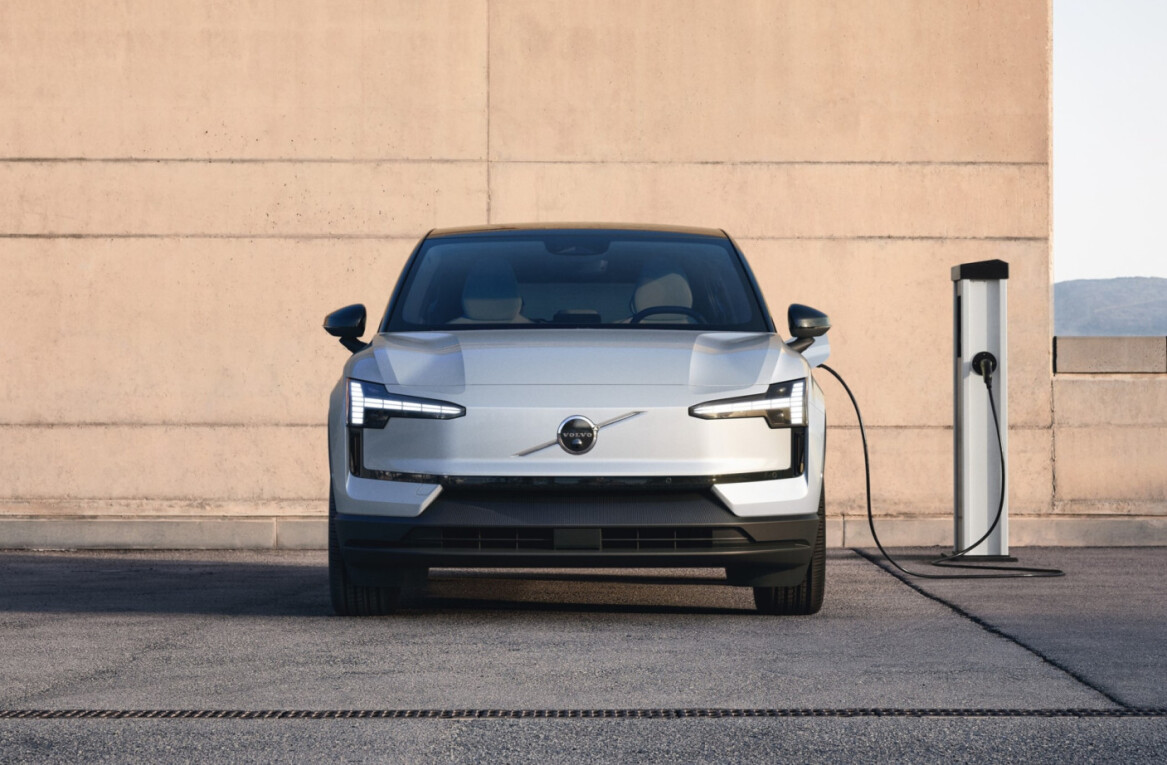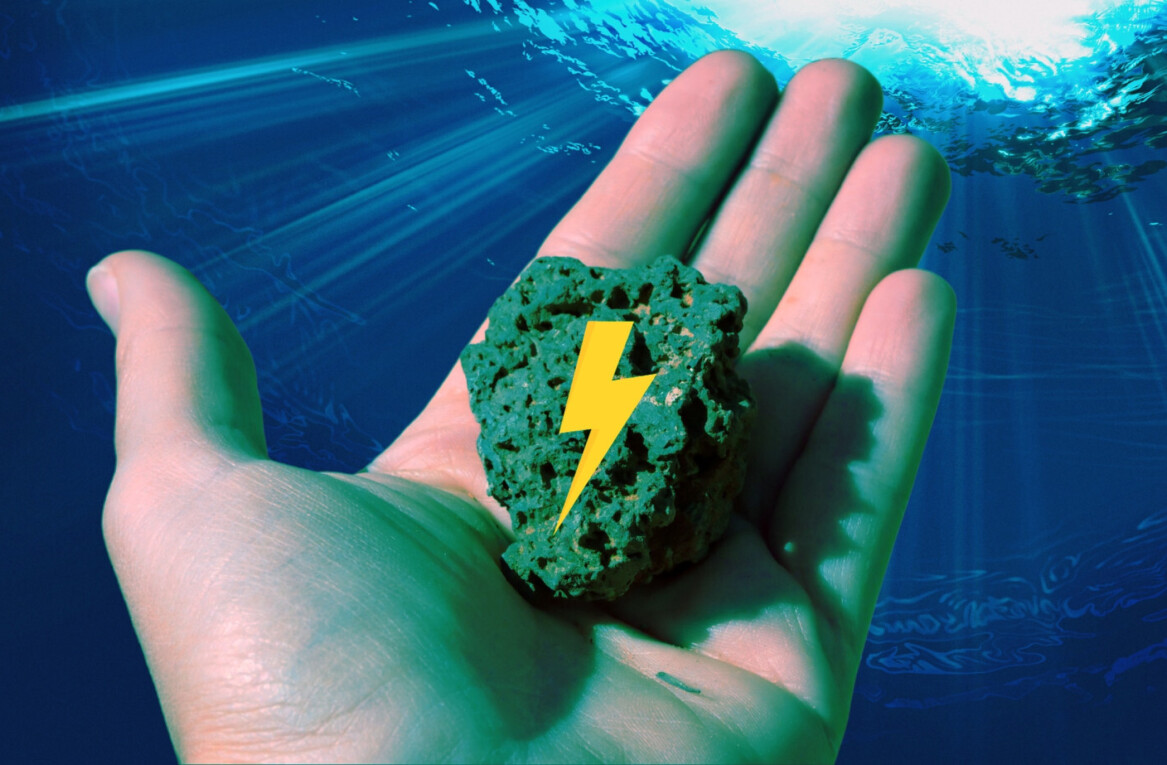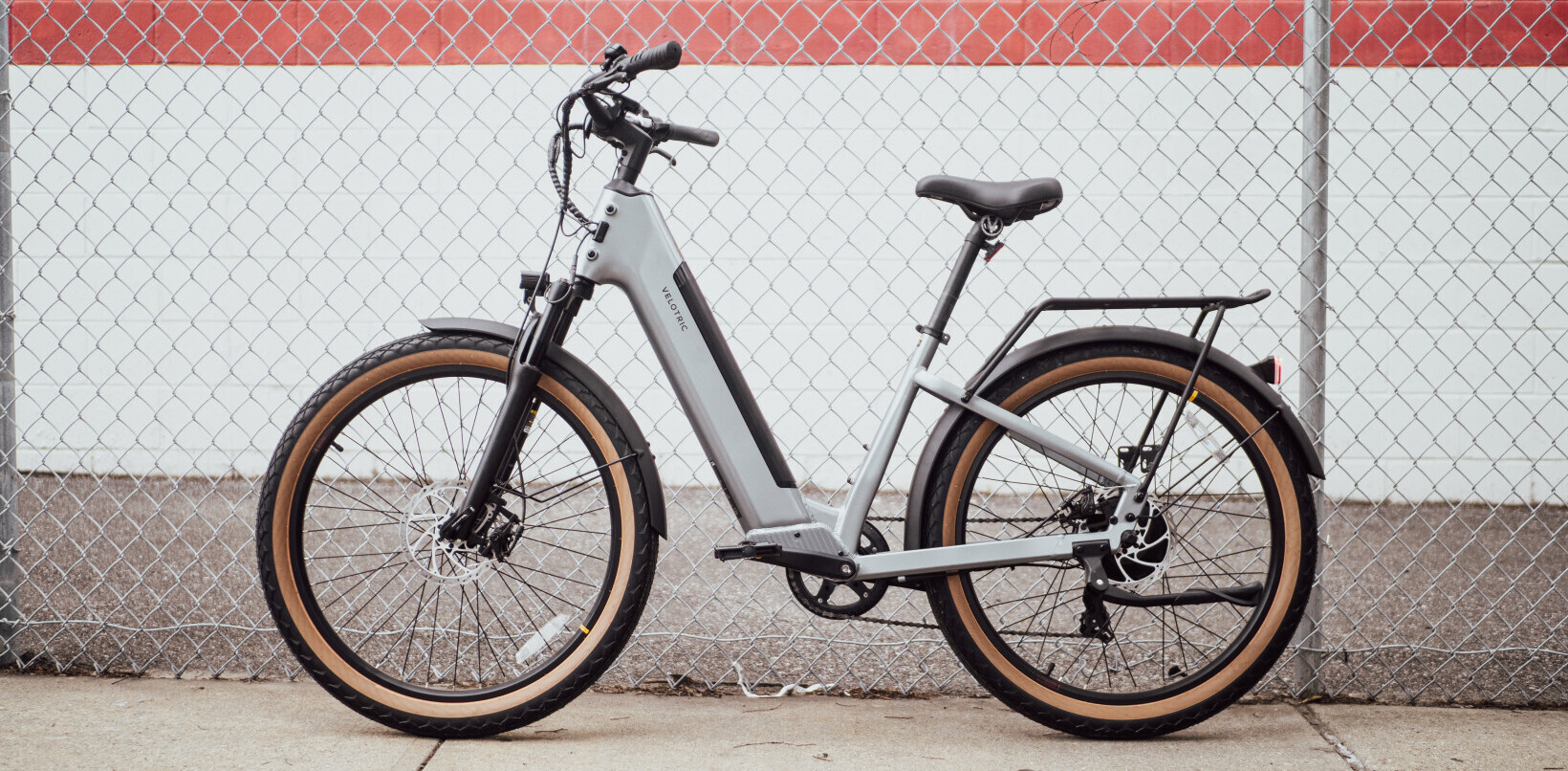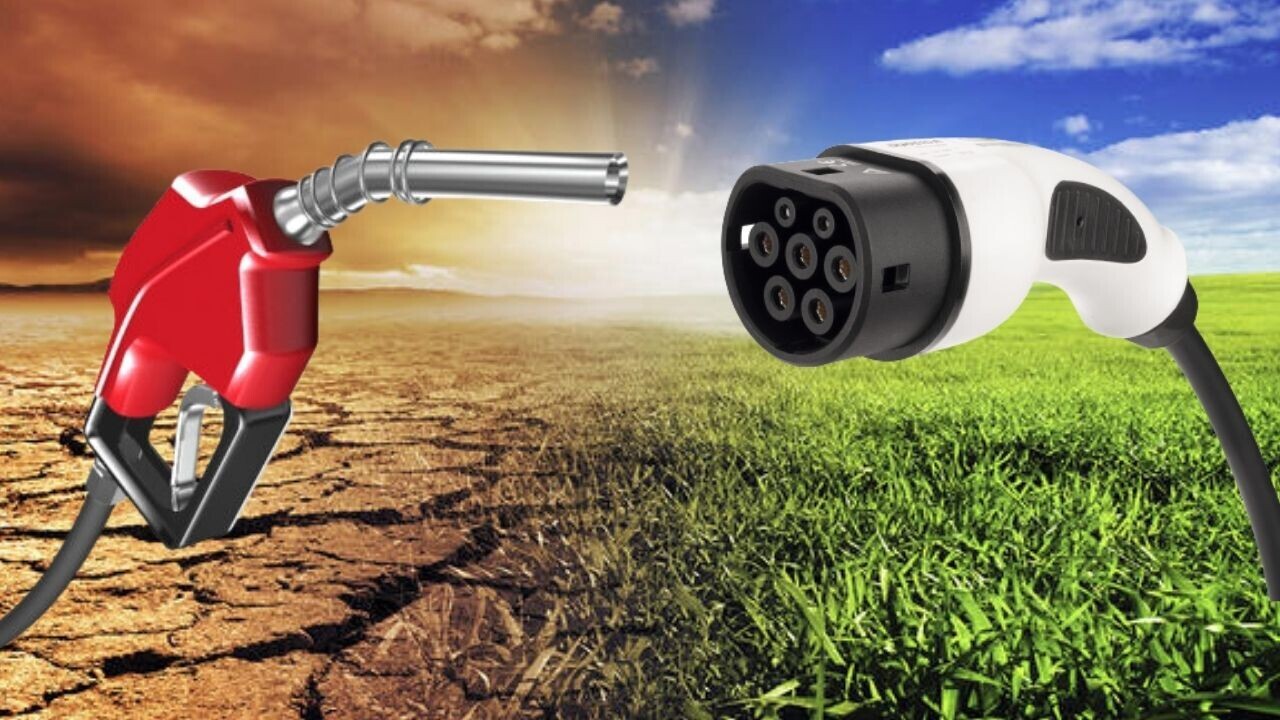
Well, it’s a no brainer: EVs are good for the environment and ICEs are bad. It’s as simple as that.
Yet, there are of course the electrification opposers, flaunting as an argument that electric vehicles aren’t actually “zero-emission.”
Okay, I’ll give them that, no vehicle is 100% green, and there are indeed greenhouse emissions in the life-cycle of EVs.
But even when you take that into account, EVs are still ‘good’ for the environment, while fossil fuel cars are absolutely horrible. Just feast your eyes on this!
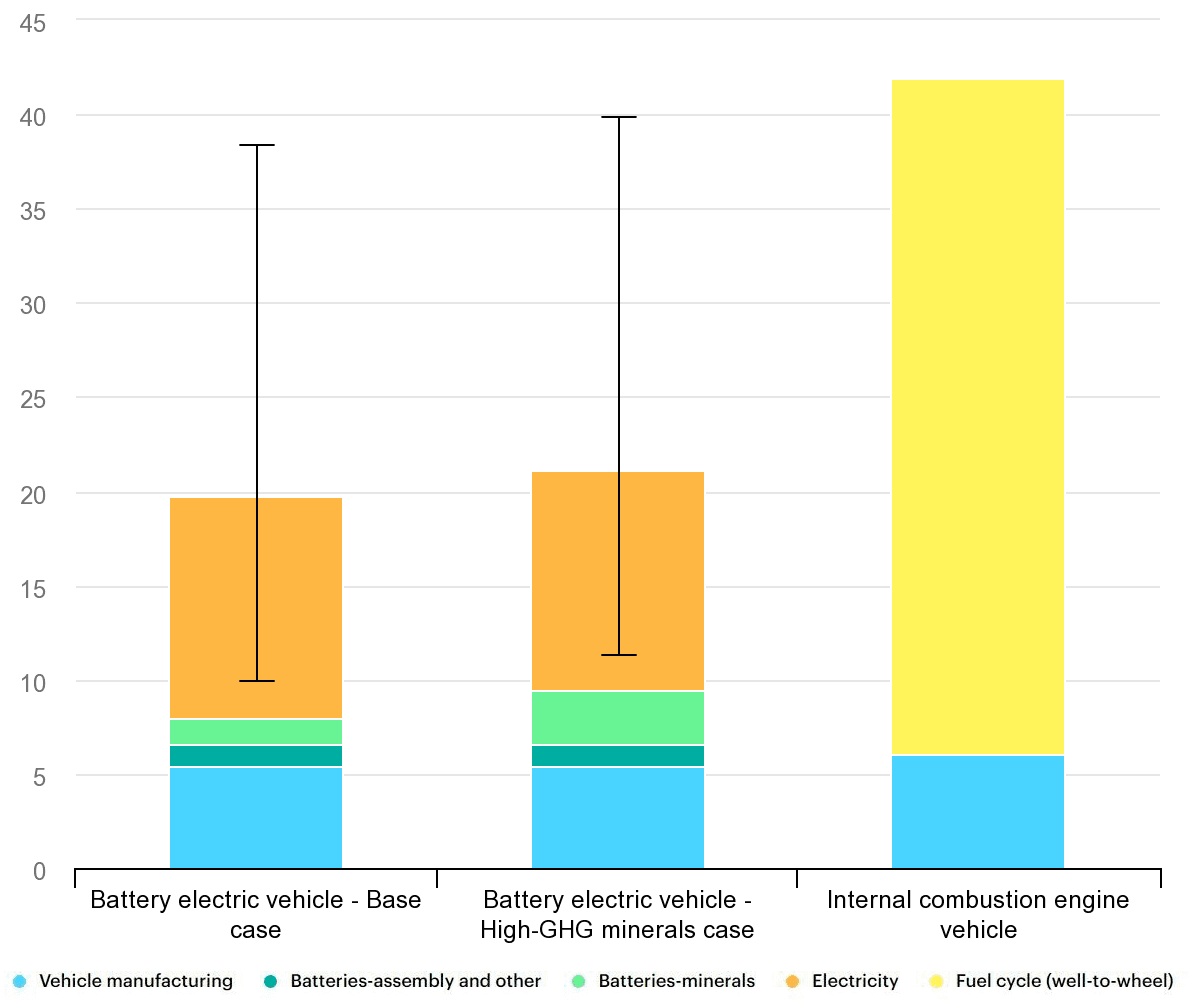
The image above is a comparative graph from the International Energy Agency detailing how much ICE vehicles suck, and EVs rule. But let’s brake it down.
We have three categories of vehicles:
- The stinky ICEs, i.e. fossil fuel fiends
- The Base case BEVs, with lower CO2 emissions generated by their battery minerals (35kg per kilowatt hour)
- The High GHG minerals case BEVs, with higher CO2 emissions generated by their battery minerals (70kg per kilowatt hour)
On the vertical axis we see the tons of CO2 emissions ( tCO₂e) per vehicle lifetime, and the different colors represent different vehicle life-cycles.
Looking at this graph, one thing becomes instantly clear: ICEs have way higher greenhouse emissions.
During their manufacturing they emit 6 tCO₂e, and during their fuel cycle (from the production of fossil fuels to their use by the engine) they generate 35.9 tCO₂e. That makes a disturbing total of 49.9 tCO₂e per vehicle life-cycle.
Now the total for Base case BEVs reaches 19.7 tCO₂e, which is less than half of ICE lifetime emission. Similarly, High GHG minerals case BEVs emit 21.1 tCO₂e, which is also less than half.
Sure, BEVs might emit more during the manufacturing process than ICEs — 8 and 9.4 tCO₂e versus 6 tCO₂e — but the emissions they save by not burning fossil fuels completely negates that.
Gas-guzzlers pump out 35.9 tCO₂e using fossil fuels, while electricity consumption only has one third of those emissions, at 11.7 tCO₂e.
So, there you have it.
No matter how we approach this comparison, EVs are the clear winners. Yes, okay, they have higher emissions during their production cycle, but how could this ever hide the fact that they emit HALF the CO2 amount of ICEs?
I rest my case.
Do EVs excite your electrons? Do ebikes get your wheels spinning? Do self-driving cars get you all charged up?
Then you need the weekly SHIFT newsletter in your life. Click here to sign up.
Get the TNW newsletter
Get the most important tech news in your inbox each week.


